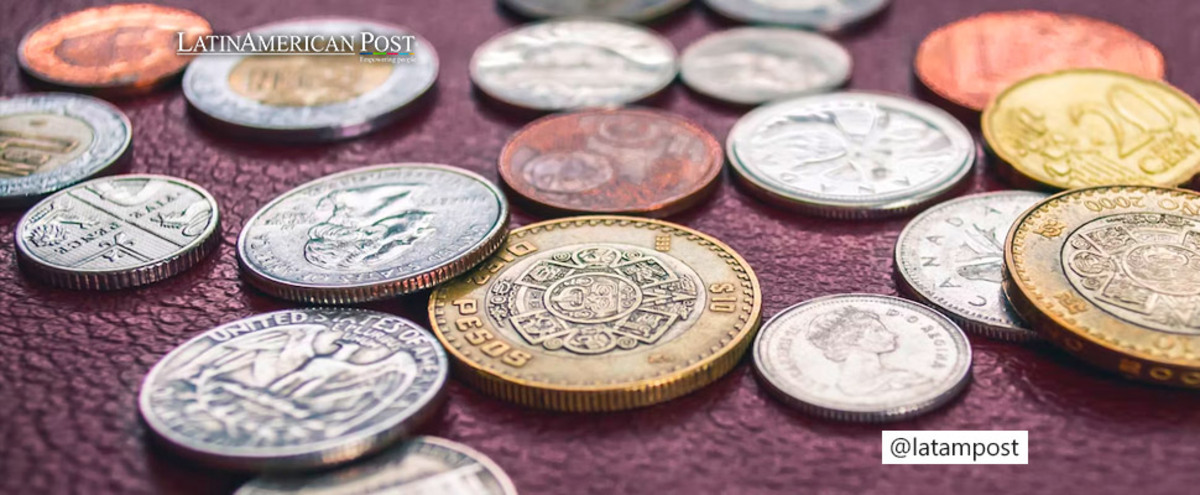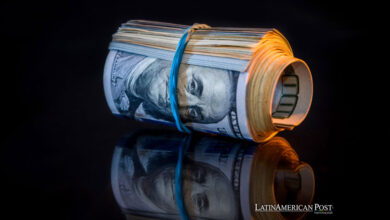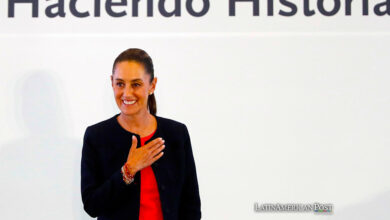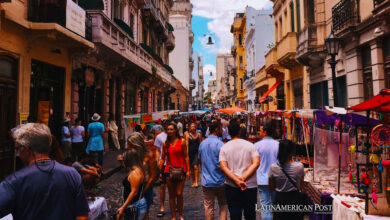Why is the Mexican peso strengthening: and what does it mean?
Historically, the Mexican peso has sat at around 20 to one USD. Recently, it’s strengthened to 17 to one USD. How’s it done this, and what does it mean for Mexico and North America as a whole? We’ll look into it in this article.

Jhon Sung
Escucha este artículo
While the Mexican peso has never been one of the world’s weakest (it’s never seen hyperinflation witnessed in places like Lebanon and Laos, or even closer to home in Argentina), next to the dollar, it’s always been a little weaker.
This has all changed recently. Historically, the Mexican peso has sat at around 20 to one USD. Recently, it’s strengthened to 17 to one USD.
How’s it done this, and what does it mean for Mexico – and North America as a whole? We’ll look into it in this article.
Why has the Mexican peso strengthened?
The Mexican peso has strengthened in the first half of 2023, and economic experts are putting it down to several factors.
Currently, Mexico has relatively low debt, which automatically helps to strengthen the country.
There are also quite a lot of dollars coming back to the country from people working overseas (most commonly in the USA itself) and sending money back home, along with tourism (Mexico has a large tourist industry) and foreign direct investment.
Unlike a lot of countries in Western Europe, inflation isn’t rising as quickly in Mexico – in fact, it’s been at the lowest level for two years.
Plus, Mexico’s interest rate is at 11.5%, which is over double the US’s at 5%.
All of these create a perfect storm where the currency strengthens, although recent talks about increasing US interest rates may slow down this strengthening.
What does the strengthening of the peso mean for Mexico?
Generally, a stronger peso is good news for Mexico; there are a few possible scenarios that could happen thanks to it.
Higher GDP
Generally, stronger currencies improve GDP, so if the peso keeps getting stronger, we can expect the GDP to go up as a result. Mexico’s currently an emerging market economy – a developing nation that’s growing and linking more to international markets.
Mexico’s GDP was $9,946 in 2019, which doesn’t quite meet the criteria for a “developed” country (which is $12,000), but with a stronger currency, becoming a “developed” nation doesn’t seem too far off.
More foreign investment into the country
A stable and strong currency encourages more foreign investment. We’ve already seen this with “nearshoring” – businesses are moving their operations closer to Mexico – and actual investment right in the country could be a result of the stronger economy.
One of the areas that may see investment – both from foreign businesses and from individuals as a reaction to higher GDP – is the tourist industry.
The tourist industry in Mexico is 8% of the country’s GDP, so it makes sense that this would be one of the industries that the country would look to grow with a stronger currency.
The country’s keen to support responsible and sustainable practices. One of the most notable recent investments is the Maya Train which is a rail route that will run along the Yucatan Peninsula – one of the nation’s most popular areas for tourism.
But they’re also likely to expand resorts, building new hotels in areas that currently lack them and adding features to pre-existing resorts.
For example, they may look at adding some casinos in tourist areas. Many of Mexico’s glitziest casinos are marketed toward tourists, and this might be where the country decides to put investment, as the casino industry is one of the world’s most profitable.
Mexican gambling laws are a little outdated – most gambling apart from things like online betting or free online slots has some restrictions – but if the country wanted to appeal to the luxury tourism market more, they might update the laws and put some money here!
Less poverty
Mexico is an incredibly diverse country when it comes to wealth – certain cities and neighbourhoods are very wealthy, but 43.9% of the population still lived in poverty in 2020 – and more than 8% were in extreme poverty.
Generally, a stronger currency with more investment and better GDP means less poverty; more investments could mean more or better-paid jobs, and countries with a higher GDP typically have better free healthcare and more education opportunities.
Individuals who earn in the US may lose money
Generally, currency strengthening is good news for a country. But there are some situations where people could end up losing out on money when transferring it back to their local currency – especially somewhere like Mexico, where US Dollar is widely accepted as a second currency.
People who make any money in USD online may find that they nowadays have fewer pesos, which can skew finances if the prices haven’t had time to catch up. Those earning USD outside of Mexico and sending part of their wage home may find the same thing.
Conclusion
If Mexico’s peso continues strengthening, the country will certainly develop – and while some of these changes will take time to implement, they will undoubtedly help the country in the longer run. However, currency constantly fluctuates, so it may not stay as strong or stable as it is at the moment – only time will tell!





